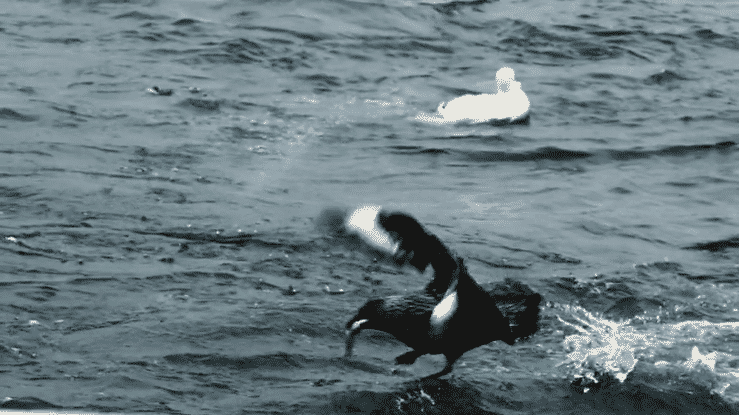
Nov 19, 2023 Highly Pathogenic Avian Influenza Revisited
The February and March issues of WellBeing News carried articles on the emergence of a highly pathogenic avian influenza virus. While the world is thoroughly sick of hearing about pandemic virus threats, we are adding another update because of the high risk to biodiversity of the current virus and the potential danger to humans of an avian flu virus that can infect and pass from human to human as happened during the 1918 Spanish flu outbreak. This outbreak caused an estimated 50 million human deaths.
Avian flu viruses are labeled as either of High or Low pathogenicity based on their pathogenicity in chickens. Highly pathogenic avian influenza viruses (HPAIV) cause high mortality in chickens. In contrast, low pathogenicity viruses (LPAIV) may not cause death or overt disease but may be detected when egg production declines. Most avian virus subtypes have low pathogenicity. The current HPAI virus was first isolated from a domestic goose in Guangdong, China, in 1996.
Avian flu viruses mutate, and the Guandong virus is no exception. Each variant of the virus is known as a clade. Clade 2.3.4.4 emerged in Asia in 2013 and circulated widely via wild waterfowl, spreading from Asia to the Middle East, Africa, and Europe. A new clade (2.3.4.4b) emerged in October 2020 and has spread to over 80 countries, causing outbreaks in domestic poultry and wild birds. Historically, HPAIV outbreaks have resulted from spillover of LPAIV into domestic poultry, where the virus may mutate into an HPAIV variant. The current variant has a different background. The virus infects a broad range of wild bird species, causing widespread mortality without first passing through domestic poultry. Wild birds are also now actively spreading HPAIV clades.
The HPAIV 2.3.4.4 clade now appears to be endemic in Europe and maybe North America. Before 2021, virus outbreaks were concentrated in the fall and winter, with sharp declines in infections during summer. However, infections in Europe increased during the spring and summer of 2021, while infections in the spring and summer of 2022 have been much higher than expected in North America.
Philip Lymbery, CEO of Compassion in World Farming, reports that over half a billion domestic poultry have died or been culled due to bird flu, resulting in losses to farmers amounting to billions of dollars. Currently, the main impact of HPAIV on individuals is increased scarcity and price of eggs. Reduced food security and biodiversity threats are possible sequelae of the current circulating bird flu virus. The Canadian National Collaborating Centre for Environmental Health comments on the continuing HPAIV outbreak.
“The persistence of the current A(H5N1) outbreak has demonstrated an ability of the virus to reassort, evolve, and acquire additional mutations that has led to persistence of the virus and infection of a wider diversity of bird and mammal species than has ever been seen before. This increases the potential for spillover risk to humans and threatens global biodiversity, while also contributing to economic and food security impacts (emphasis added). Continued transmission of the virus among wild, commercial, and domestic birds and mammals could result in additional bird deaths, culling of infected flocks, and threats to wildlife conservation efforts.
“Given these issues, multi-sectoral partnerships, cooperation, and information sharing are needed nationally, and internationally, to ensure a One Health approach to management and mitigation of the outbreak, encompassing wildlife, poultry, and human health measures.”
The global response to the HPAIV outbreak does not appear proportional to the potential threat. Philip Lymbery characterizes current international efforts with the phrase, “Lets keep an eye on it and hope it goes away.” But there are other options. For example, a mass vaccination of domestic poultry could be mobilized to slow the spread of HPAIV. We also need to rethink how poultry are raised and housed. If we do not identify and institute adequate measures to prevent the emergence of a new pandemic avian virus, then cheap chicken could become a costly meal!
Video Description: Northern gannet (Morus bassanus) flying in front of sea cliffs at Noss breeding colony, Noss, Shetland Islands, Scotland, UK | Credit: Distil-Media, Shutterstock


